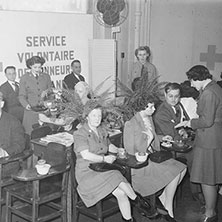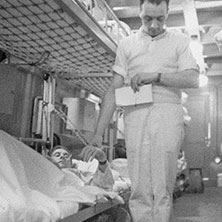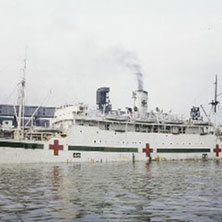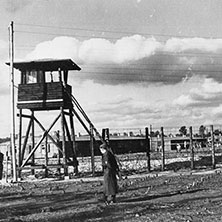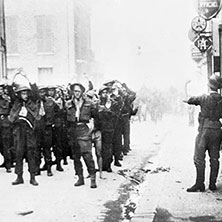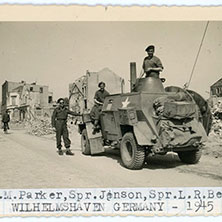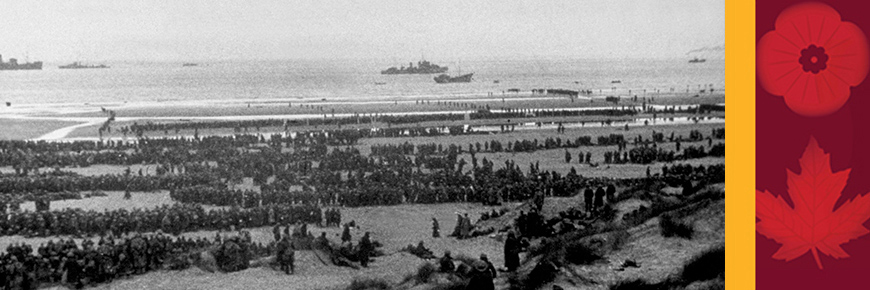
Parks Canada invites Canadians to join us in commemorating individuals from all walks of life who made unique contributions to the war effort.
© Getty Images
Hometown heroes
Forges du Saint-Maurice National Historic Site
Canada’s participation in the First World War (1914-1918) and the Second World War (1939-1945) touched every community in this country. Parks Canada invites Canadians to join us in commemorating individuals from all walks of life who made unique contributions to the war effort. During these global conflicts, civilians and those in the armed forces played a crucial role in protecting and building their communities and thus Canada as a whole.
From coast to coast, thousands of Canadians supported the war effort. We invite you to learn more about these local hometown heroes.
Get to know their remarkable stories, honour their memory and express your gratitude for their service by visiting Parks Canada’s National Historic Sites, National Parks, and National Marine Conservation Areas.
MARGUERITE COURCHESNE
1897 – 1986
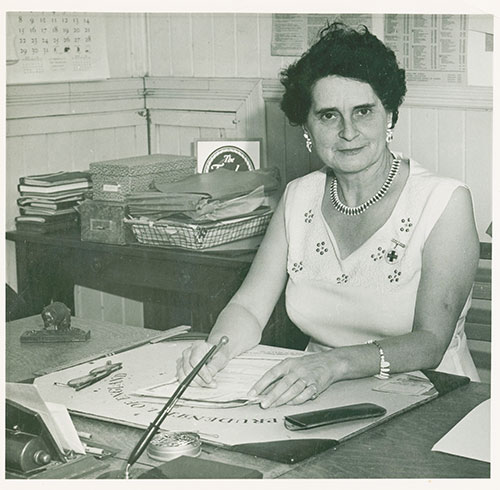
The daughter of farmers, Marguerite Courchesne was born in Saint-François-du-Lac, Quebec. A progressive woman and classically trained pianist, in 1929 she moved to Drummondville to assist her brother in taking over their cousin’s insurance business. In so doing, she made history by becoming the city’s first female insurance broker. Choosing not to marry, she instead devoted her life to helping those in need.
In 1939, Courchesne supported Canadian troops by establishing a Drummondville’s local branch of the Red Cross and was given the title of Founder Secretary. She was also president of numerous wartime committees, including for disaster relief and veterans’ care and wellbeing, in addition to overseeing numerous blood donation drives. Her dedication and exemplary work continued through her efforts to coordinate sending parcels of food overseas for prisoners of war, and by corresponding with French soldiers to provide moral support and help with their psychological and emotional well-being.
Courchesne’s valuable contributions were recognized repeatedly, including in 1942 when she was awarded a Royal Canadian Legion Honorary Life Membership and in 1974, following 35 years of tireless commitment, when she was made an Honorary Member of the Canadian Red Cross, the Society’s highest distinction.
PAUL-ÉMILE BEAUBIEN
1919–2011
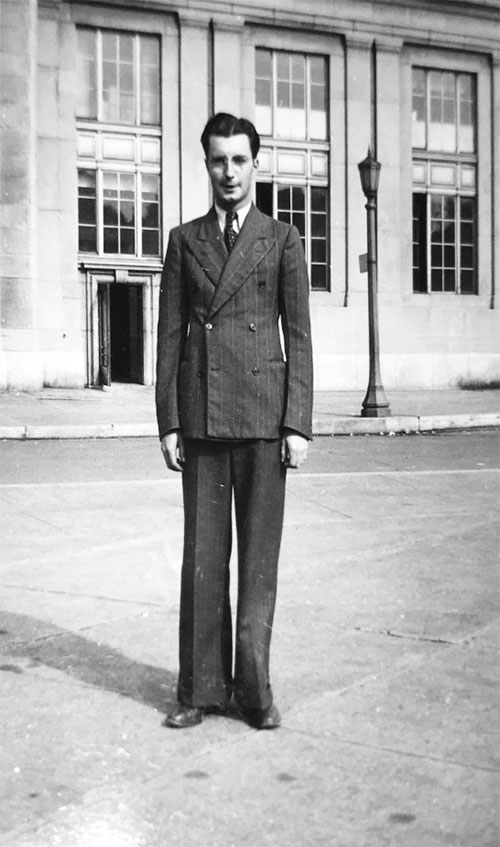
The son of farmers, Paul-Émile Beaubien was born in Saint-Camille in the Eastern Townships region of Québec, studied agriculture and worked on a sheep farm in Danville where he learned to speak English. As a teenager, he manifested an open mind and a keen sense of adventure and enjoyed playing ice hockey.
Shortly after the outbreak of the Second World War, Beaubien joined the Fusiliers de Sherbrooke, an army reserve unit, in 1940. He worked in Dartmouth, Nova Scotia, in construction and joined the Canadian Merchant Navy in February 1944 as an assistant steward aboard the hospital ship Lady Nelson. Beaubien completed 14 transatlantic round trips between Halifax and the United Kingdom under extreme conditions with the constant threat of enemy submarines, bombers and stray mines.
Lady Nelson returned hundreds of wounded soldiers at a time, many of whom were in agony and “shell-shocked” (post-traumatic stress syndrome), with several succumbing to their wounds or ending their own lives by jumping overboard. After hostilities ended, Beaubien completed another 17 round trips delivering servicemen, war brides and liberated prisoners of war to Canadian soil.
Beaubien moved to Drummondville with his wife Marie-Reine Poulin in 1947, raised five children and worked at Canadian Celanese for 34 years.
PAUL ARSENEAU
1916-2012
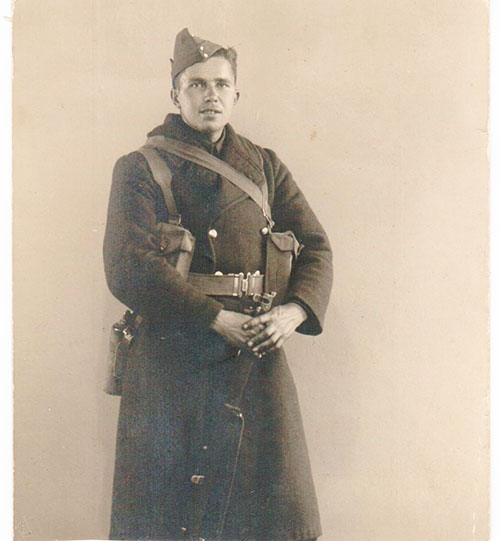
Born in Campbellton, New Brunswick, during the First World War, Paul Arseneau became an athlete specialized in running the 500 metres. He moved to Drummondville in 1935 and married two years later. Father of two young children, he voluntarily enlisted in the army in June 1940 to serve during the Second World War.
Serving as an acting sergeant with the Fusiliers Mont-Royal in August 1942, Arseneau took part in the disastrous raid on the French port of Dieppe. A catastrophe from the start, Canadians troops suffered more than 1,400 killed and wounded, while another 1,946, including Arseneau, became prisoners of war (POW).
Over the coming years, Arseneau is marched to three different POW camps in Poland and another in Germany. In addition to the boredom and mistreatment, the lack of food left him continually starving. Thankfully, prisoners occasionally received Red Cross food parcels. On May 5th, 1945, Germany’s Celle camp, where Arseneau was being held, was liberated by British troops. A year later, he was awarded the Distinguished Conduct Medal for his courage during the Dieppe Raid.
Following the war, Paul Arseneau returned to work at Canadian Celanese before undertaking a 28-year career with Canada Customs. He remained an active member of the Royal Canadian Legion in Drummondville.
FREDERICK EARL « GEORGE » CARTWRIGHT
1924- 2017
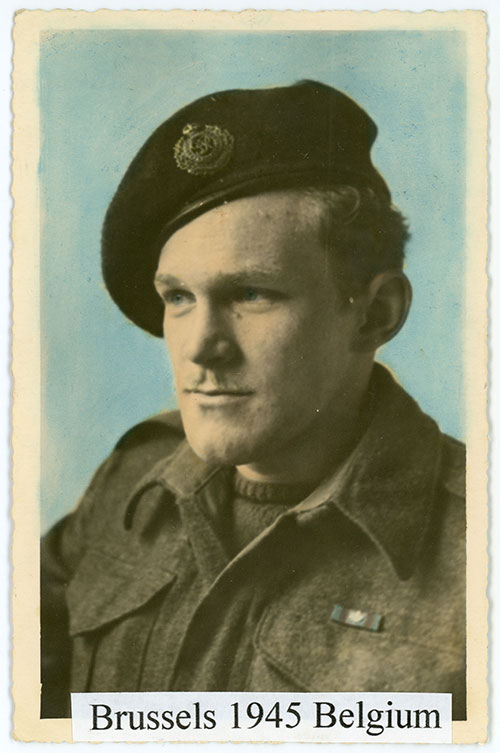
Nicknamed “George,” Frederick Cartwright was born in New Glasgow, Nova Scotia, and moves to Drummondville with his family at the age of seven. Active with the Boy Scouts, he is also a musician with a keen interest in wind instruments. As a teenager, Cartwright is employed as an electrician’s apprentice at Canadian Celanese during which time Canada enters the Second World War. For Cartwright, the choice is clear to defend his country and so days after his 18th birthday, he enlists with the 9th Field Squadron, Royal Canadian Engineers.
A radio operator, Cartwright is sent overseas in 1944 and assumes the role of sapper aboard an armoured vehicle. As part of a reconnaissance unit, his task involves dangerous missions crossing into enemy-held territory and report on the condition of infrastructure for advancing Canadian troops. Cartwright’s regiment takes part in the liberation of France, Belgium and the Netherlands during which he survives the destruction of his vehicle by enemy fire on three separate occasions.
Following the war, Cartwright returns to Canadian Celanese where he works for the next 43 years. He is an army reservist, member of the Royal Canadian Legion, and takes an active role in the local cadet corps. He is posthumously awarded Quebec’s Medal of the National Assembly.
Image gallery
Related links
- Date modified :

